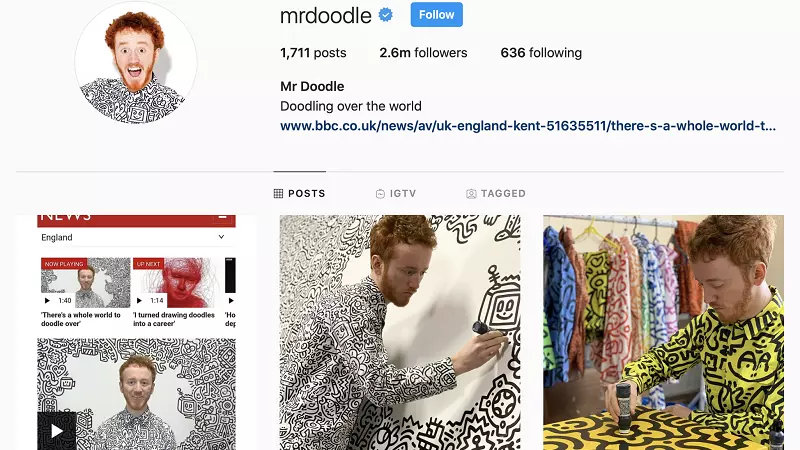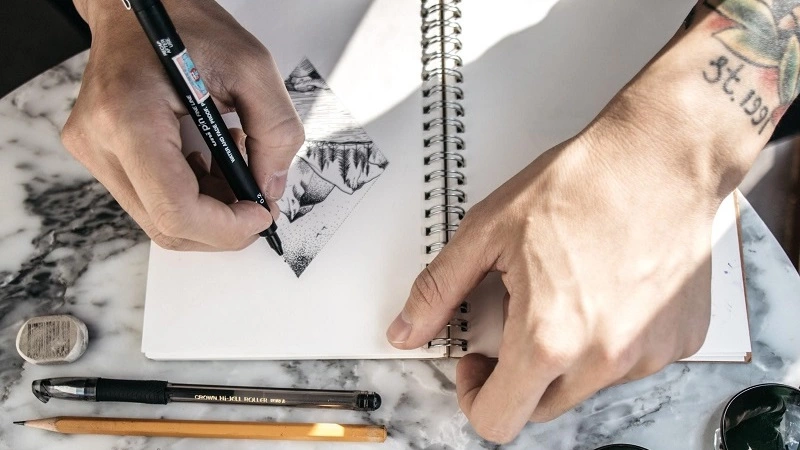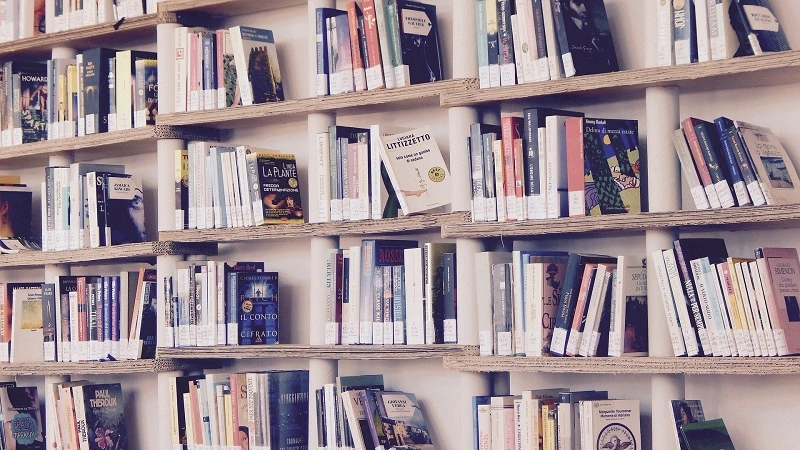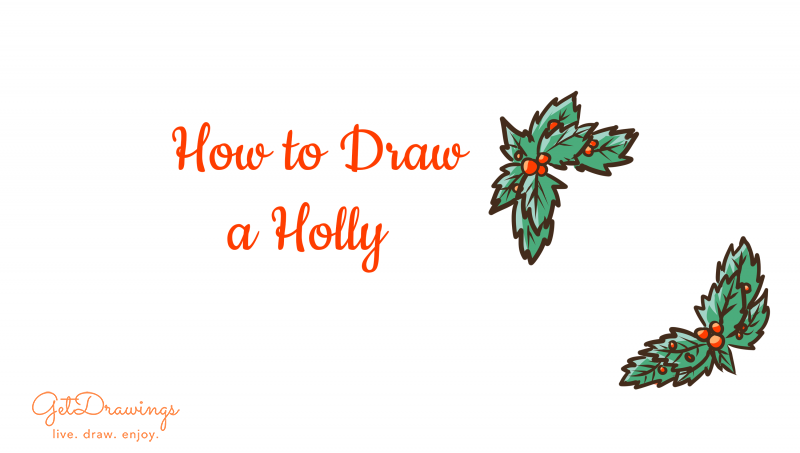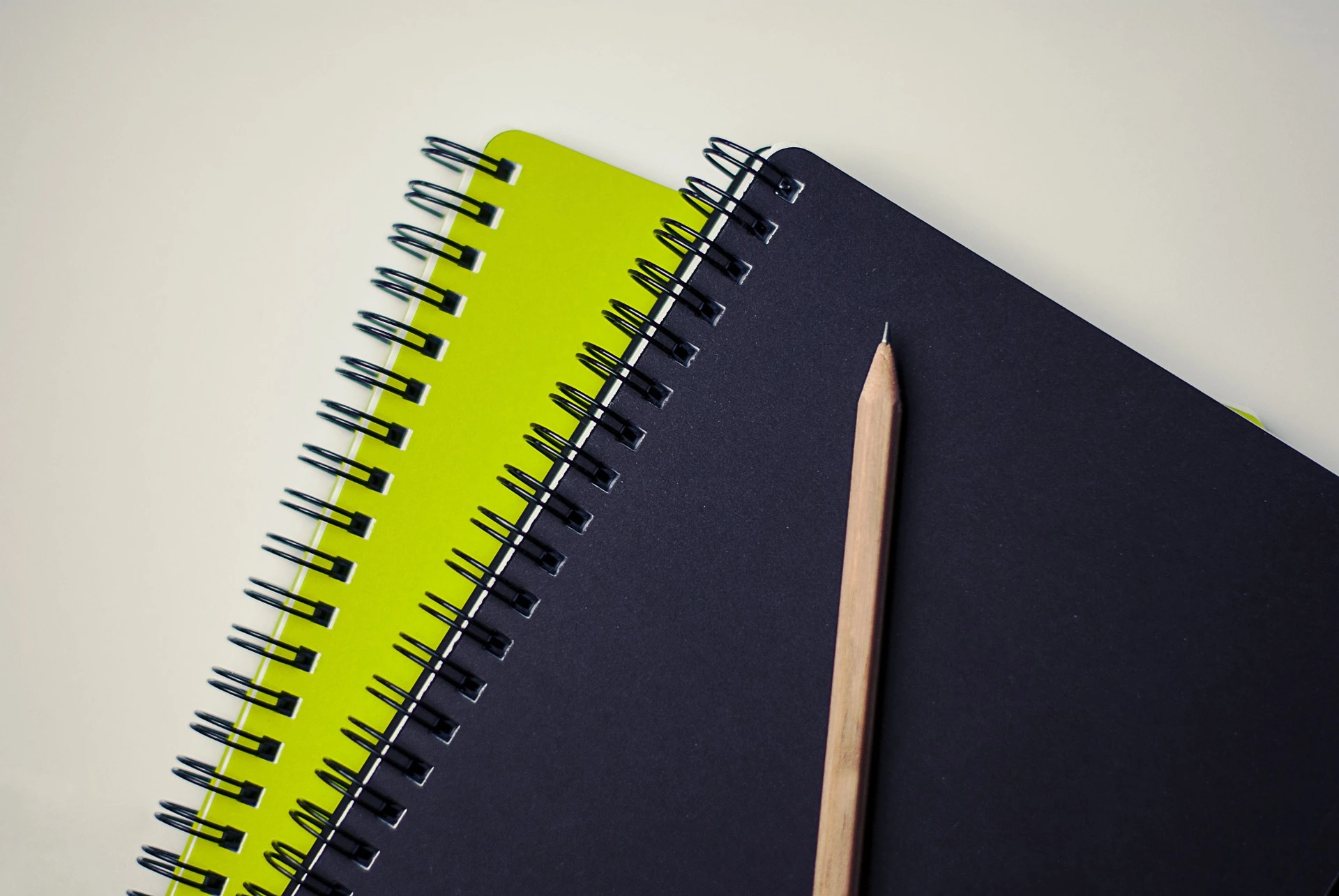
The Must Have Drawing Materials and Art Supplies
If you want to develop high-quality artwork, you’ll need to invest in good drawing materials. The tools you use determine the results of your work and also the process of it. You’ll have more motivation when you have carefully chosen drawing tools. Spend time collecting the best art tools for drawing and treasure those for a long time. Previously, we briefly summarised the most essential drawing materials for beginners. In this article, we’re introducing the must-have materials for you if you’re starting to get serious about your artworks and want to gather tools that last. The list is focused on monochrome drawing style only.
Mechanical pencils
Mechanical pencils are the most portable drawing tools. They’re clean and it’s easy to control their hardness. You can buy super thin fillings which are great for very detailed works. When buying mechanical pencils, make sure to pick one which is comfortable for your hand. Some of them come with a rubberised part for your fingers, while others are a bit massive so it controls the work. Always buy good quality fillings, and change its thickness to find the one you like the most.
Graphite pencils
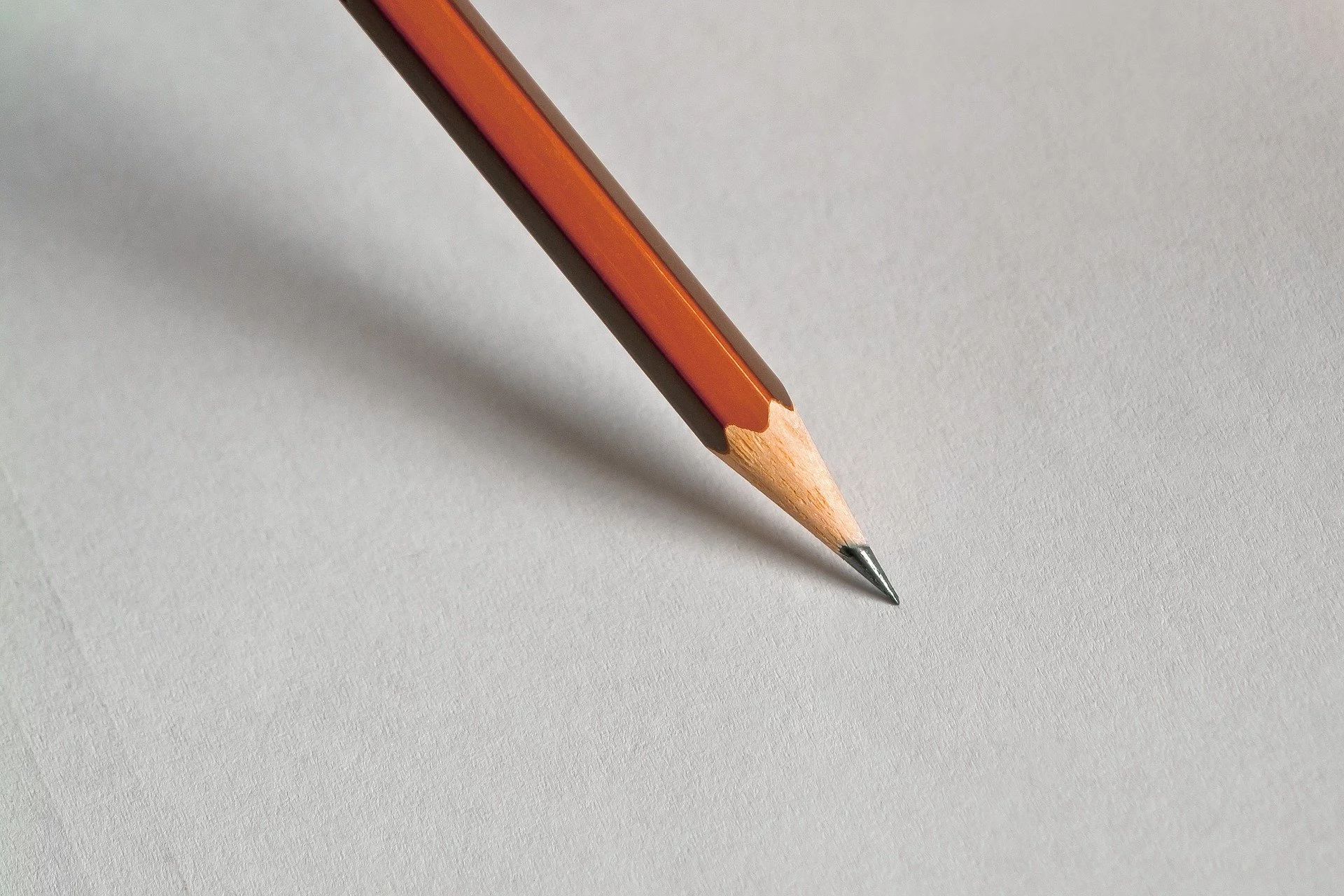
Graphite pencils are the most essential art tools for drawing. It’s versatile and easy to correct its marks on the paper, so it’s understandable why it’s one of the most popular drawing materials. There are many different types. The best is to use several kinds and combine their characteristics to get the most exciting and realistic results. When investing in pencils, first buy a few samples from different brands. So you can decide which one you prefer and can connect with.
Graphite pencils come in different types and thicknesses.
Graphite stick
Graphite sticks, also called progresso pencils are solid sticks of graphite, without any coating. They’re soft and easy to blend, so it’s common to use them for toning and highlighting areas of your artwork.
Wood-cased graphite
Softer graphites are easier to blend and allow you to draw thicker lines with darker values. While hard graphites leave a more definite mark on the paper and ideal for thinner, delicate lines.
The hardness of pencil lead is indicated with a combination of numbers and letters. H pencils are harder, while B pencils are softer. The lightest is 9H, while the darkest is 9B. The most commons in use range from 2H to 6B. If you buy a kit, most likely those will be included.
The use of graphites pencils depends on the composition and style you are following when working on your sketches. Note, that you don’t need the entire range. Some artists only work with 2-3 different types. So it’s absolutely up to you what you feel handy to use.
Charcoal
Charcoal sticks are either soft, medium or hard. The harder consistencies leave lighter marks on the paper, while the softer ones have much darker looks. Charcoal is either black or brown, but it has a very natural look. The material is much messier than graphite pencils or most drawing materials. It smudges very easily. When finishing your charcoal work, use fixing spray or place your paper between two empty sheets, so the other drawings won’t get dirty.
Drawing pens
There are many exciting art tools for drawing. Sketching with a pen is a bit more advanced. As your lines can’t be removed, it makes you more deliberate with your lines. You’ll put more thought in every detail of your work. So once you master the use of basic drawing tools, you can face new challenges by a totally different art tool. Shilly-shally lines won’t be impressive, so make sure to gain enough self-confidence before developing artworks with a technical pen.
Stump and tortillion for blending
Stumps and tortillions are drawing materials used for blending graphite. You can create gradations and make specific areas smooth by using them. Stumps are double-ended, larger and more massive than tortillions. Some artists say that tortillions are good for making a finer work. But it really depends on what you feel comfortable with. Finger smudging is never allowed for blending, as the oil on your skin makes the graphite stick to the paper in irregular patches. So either cover your finger with a cotton cloth or invest in a stump or tortillion for toning.
Sketchbooks

If drawing is your hobby, or probably your future profession, you’ll treasure your sketchbooks. Those active books you use every single day has enormous value. It contains many great works, studies and attempts. Since you’ll be using your sketchbook really often, consider investing in a quality piece. A sketchbook with hardcover is good for travels and sketches in random situations when you don’t have a board or table around. It’ll save your pages, protect the corners inside and keep the pages flat. Choose one with plenty of pages, so you don't run out of paper quickly. A lightweight and portable version is great if you like taking small drawing sessions outdoors. A4 is a popular size, but choose the one that best suits your lifestyle.
Paper types
Just as any drawing materials, the quality of your paper highly influences the end result of your works. There are a few features to consider when buying papers.
Paperweight
It indicates the heaviness of the paper and calculated by measuring how much 500 sheets of that typical paper type weigh. The medium thickness is great for drawing with pencil and charcoal but ink, pen and paint might bleed through. Often the heavier the softer the paper is, so buy a few sheets of different kinds to test them.
Surface
The surface of the paper is also called as the paper tooth and it’s the classification of its roughness. Some papers have many many tiny bumps and grooves that retain pigment and water. Others are more smooth and steady. For drawing with pencil and pen, smoother textured papers are recommended.
Acid-free artistic paper
Acid-free papers keep their original colour over time. It’s resistant to fading when exposed to UV light and it gives longevity to your works.
Sketch board
A drawing board is a great equipment to help you practice drawing on bigger sheets. It’s super to have one around, as it gives you unlimited options of drawing spots. It lets you draw from any vantage point. You can carry it around and put to any position to find the best angles of your composition.
Paper tape and clips
When using a drawing board for making sketches, you’ll need to fix your paper so it doesn't move. Holding it and making sure its stable takes your focus. Paper tapes are great to stick the paper to the board. It's not too strong, so it won’t leave any mark on the paper when you remove it. Paper clips are also cool, but some people find them uncomfortable when drawing. Test what you prefer!
Erasers
Erasers are not only for removing details you’re not satisfied with. It’s an individual and important art tool for drawing. For example, if you work with rendering (which means first you apply graphite, then you remove it), you’ll want your erasers to be good. Now take a look at what types you’ll need.
Kneaded eraser
A kneaded eraser is a super soft one and can be pulled and formed into different shapes. It’s ideal for gently blending pencil drawing and making surfaces lighter. It lifts the material from the paper, so it gets dirty easily. But you can clean it by pulling and kneading it.
Plastic eraser
Plastic erasers or stick erasers are very common. You can find them in any shop selling drawing tools. It uses friction to remove the graphite marks from your paper. It easily cleans your paper, but be careful as it can also tear it.
Sharpeners
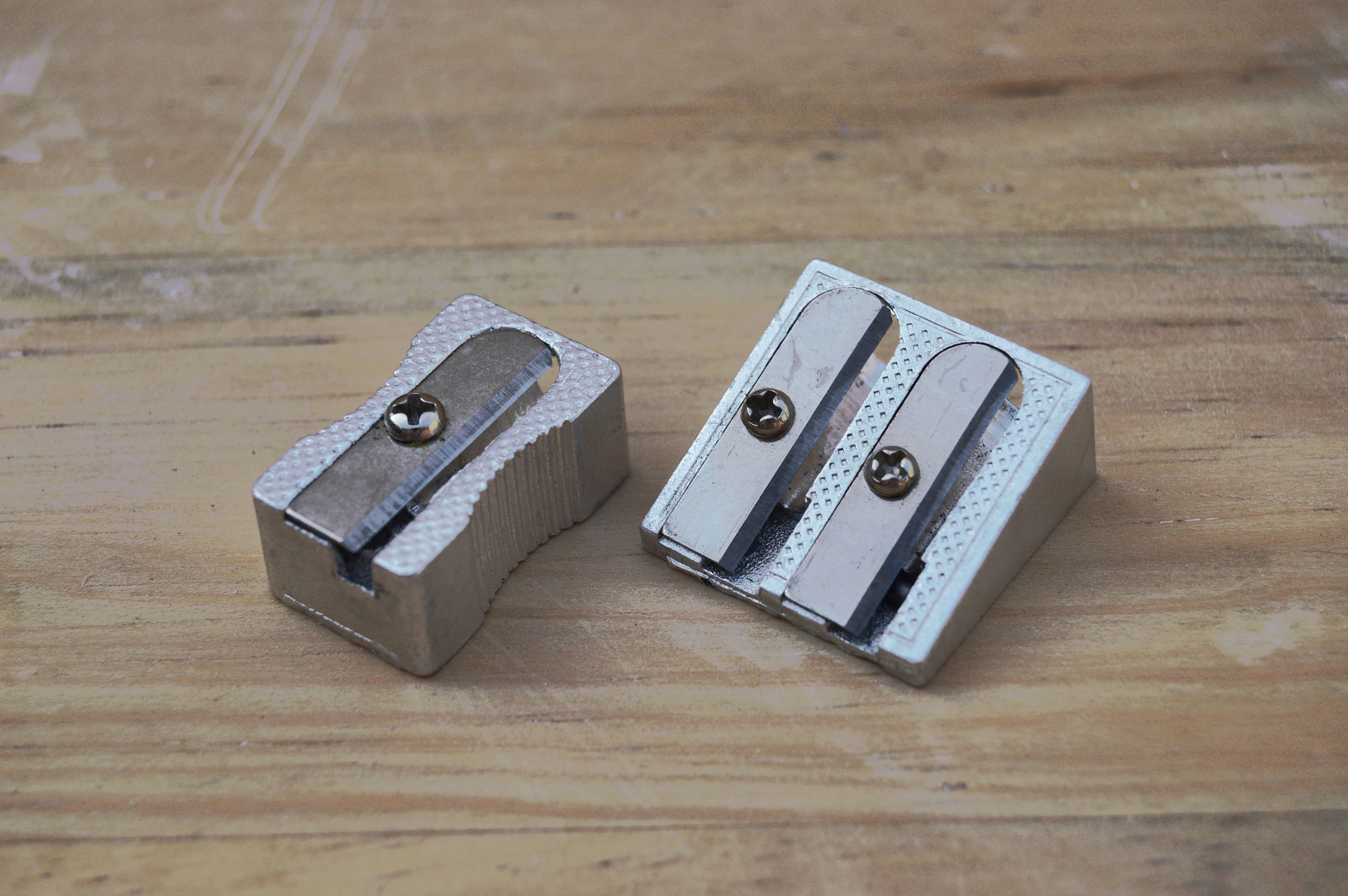
You’ll sure need a sharpener when working with pencil. Whether you prefer plastic, wooden or metal. Invest in one which is sharp and easy to handle. Electric sharpeners are almost unnecessary, but it’s no golden rule regarding sharpness. Buy what you like to use. And probably have a few, so you won’t be in trouble if you lose one.
Portfolio folder
Your sketchbook holds your works properly. But what about the works you made on loose papers? Every piece is precious and you should collect them respectfully. Look for a rigid folder which protects your works. Plastic covers are great as it saves the papers from getting wet. It’s smart to keep everything at the same place, so choose a relatively big folder which can hold everything from A5 to A3.
This list will help you collect the most essential drawing tools to create amazing artworks. In order to build a collection of materials you actually use, follow our advice listed below:
- Buy one thing at the time: Don’t invest in every tool at the same time. Make strategic buyings and consider your lifestyle and level. If something is not necessary at the beginning, leave it for later.
- Test brands: Buy things from more than one shop. Test their products, its quality and durability. So you’ll have a list of favourite stores you can always count on.
